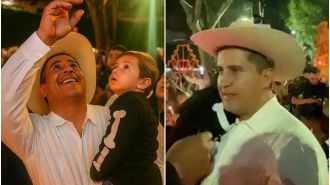Plantation performance index
Till now only survival percentage of planted seedlings is being used as the sole parameter to judge the success of a plantation. But this indicator is too simplistic and inadequate. Higher survival rate may be entirely due to the choice of species. For example non-browsable exotics like Acacia, Eucalyptus or even the so called local species like Pongamia pinnata (Honge), Cassia siamea (Seemethangadi), Glyricidia, Agave etc., will have high survival percentage if planted in time on a reasonably good site and given some degree of protection during first year. No great effort is needed to secure high survival rates in such plantations. These are 'easy to raise' species. Consequently we see more of such plantations in the state. Barring exotics which are being resisted by public, such species are incapable of producing economic returns. In contrast we also see diverse local species being under planted extensively in dense forest areas. Species planted are no doubt valuable. But planted seedlings survive so long the maintenance operations continue. Left to themselves they die due to heavy competition from the over wood and existing root stock. Since evaluations are generally limited to the initial years only, we may get good survival rates but the future of such plantations is bleak. We need more parameters to judge the present as well as future success of a plantation.
In the current evaluation, it is proposed to provide broad based InTRo BSH index which is a combination of enabling factors as well as the performance parameters of the plantations. 'In' stands for inverse value of the two parameters namely 'T' and 'Ro'. T represents the existing tree cover density. Greater is the tree density, lesser is the probability of success of planted seedlings. Ro represents the density of native root stock. Once protection is given they will shoot up and choke the planted seedlings. Greater is the root stock density, lesser is the probability of success of planted seedlings. If both T & Ro are high, future of the plantation is bleak. Plantation is warranted of both tree cover and root stock densities are less. Otherwise no planting is needed. The letters 'In' are added before these two parameters to indicate this inverse relationship. The other three parameters namely BSH are direct measures of success. 'B' stands for the biodiversity; 'S' stands for survival rate and 'H' stands for incremental height growth achieved, all related to planted seedlings. They represent core values of successful mixed tropical forest plantations. How many species are planted and how strongly they are related to the local vegetation is captured by B; S indicates the percentage survival and H represents growth rate in terms of average height.
(Source: This is an abstract taken from the 'My forest' Journal; March - June 2017. The author is K. N. Murthy, IFS. You can read the entire article at aranya.gov.in)
130 Views






